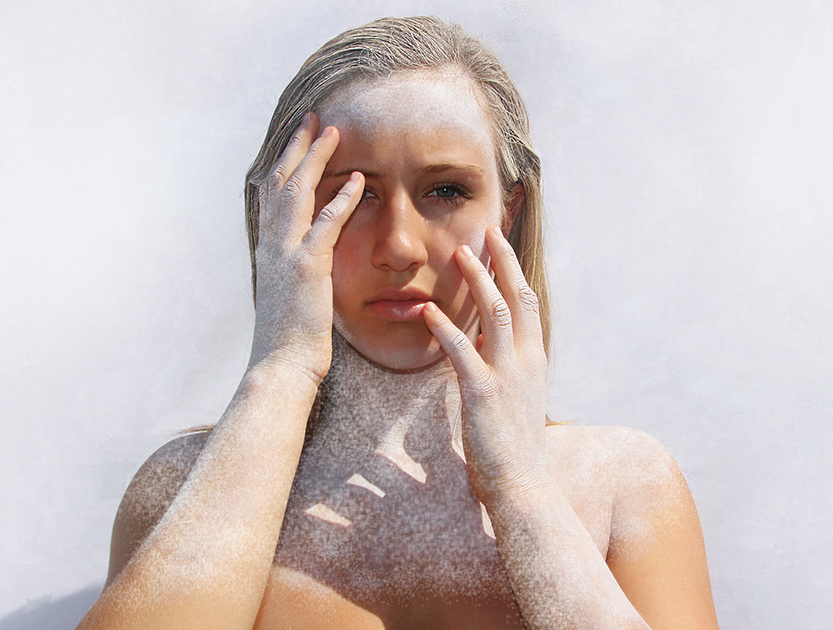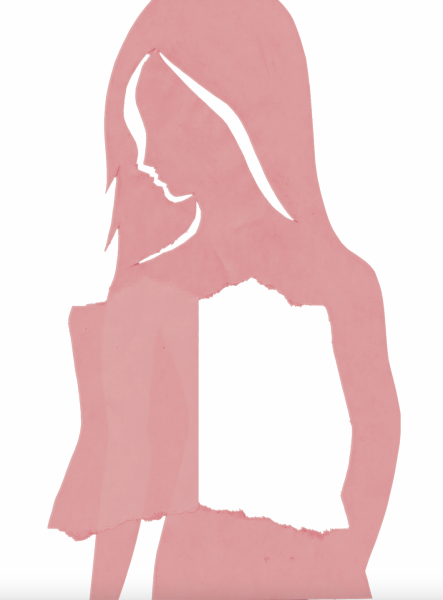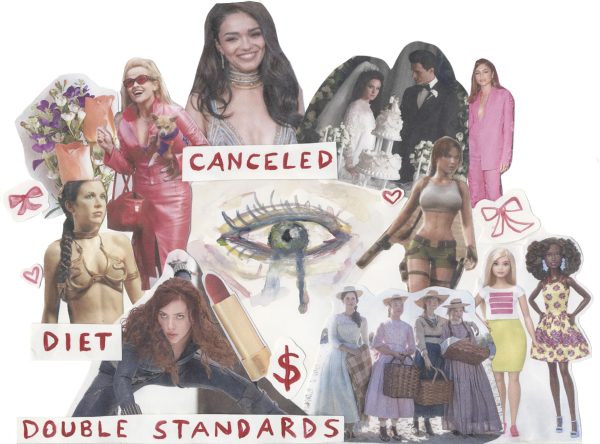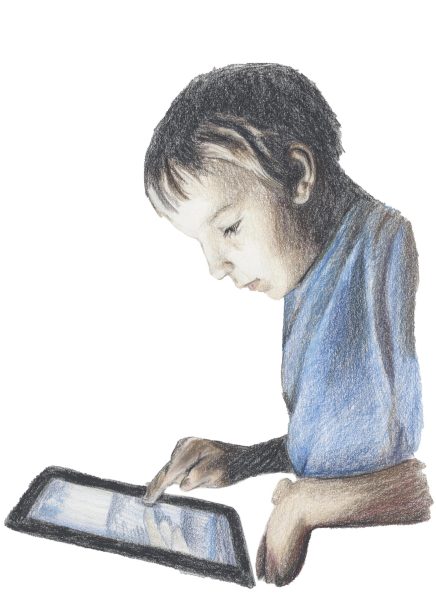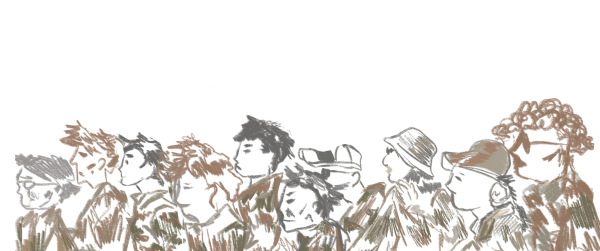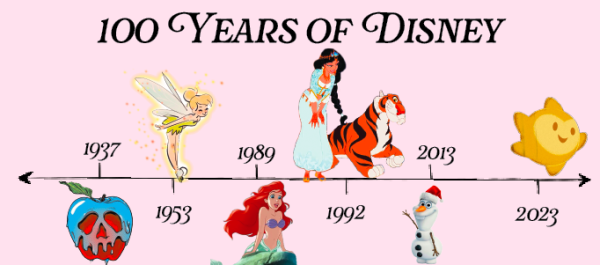Thirteen Reasons Why [Not To]: Teen Suicide
May 16, 2017
The main character of “13 Reasons Why,” the newest binge-watching obsession on Netflix, digs a razor into her wrists and bleeds to death in a bathtub after multiple accounts of bullying.
Yet, she appears at the top of the list of “The Most Annoying Characters” in the show on satire and pop culture websites like “Betches,” which has a following base of over 5 million and which explained her place on the list saying, “half the s— that happened to her wasn’t even that bad.”
This theme that her “13 reasons” for killing herself — which are expressed in 13 revenge tapes left behind for each person who crossed her — are over dramatic quickly went viral on social media in the form of memes, which mock her slogan, “welcome to your tape” and typically are something like:
Hannah: “Can I have a Coke?”
Waiter: “Sorry, we only have Pepsi.”
Hannah: “Welcome to your tape.”
Although the reason behind the creation of the series, as claimed by producer Selena Gomez, was to spread awareness about teenage depression, the show has experienced backlash in more ways than one.
In addition to many viewers believing that the execution of this message was over dramatic, many mental health experts criticize the show, arguing that suicide and depression are portrayed both romantically and inaccurately.
Experts believe that the romanticized, extremely graphic scene of Hannah Baker’s suicide could be the tipping point for teenagers struggling with mental illness or an inspiration for “copycat” suicides.
The idea of “suicide contagion” isn’t a new one. In 2013, a study published in the Canadian Medical Association Journal found that young students who were exposed to a classmate’s suicide were five times more likely to experience suicidal thoughts.
“Had I been watching [13 Reasons Why] as the vulnerable, fragile kid that I was when I was 13 or 14, I might have watched that and thought, ‘Oh, that’s the easy way out,’” said founder of Media Impact and Navigation for Teens, Alexa Curtis.
Aside from experts like Curtis who believe the show could serve as a negative influence for some teenagers, others praise the show in its ability to initiate necessary conversation about these issues.
Katherine Langford, who plays Hannah, defended this in a recent interview. Langford said, “Of course there’s controversy. I think things like this instigate discussion, which is the important part. And I think we cover so many important issues in the show that are going to affect people differently depending on their own personal context. And it is right for teenage suicide and depression to be labeled “important issues.”
According to the US Centers for Disease Control and Prevention, among American people between ages 10 and 24, suicide is the third leading cause of death.
Experts say that although it may appear in “13 Reasons Why” as though most teenage suicides are solely caused by bullying, a large factor is left out of the picture.
“[13 Reasons Why] is a huge insult to anyone with mental health issues,” said “The Tab” writer Serena Smith. Smith argues that the show’s lack of any mention of mental illness inaccurately depicts suicide, which is most likely the cause of the show’s receiving “over dramatic” reviews.
Smith goes on to argue that suicide is not directly caused by other people and that mental illness is a factor that was inappropriately ignored in the show.
Reflecting on her own mental illness, a junior, who asked to be anonymous, said, “It is embarrassing because everyone would look at me differently and would treat me differently. I feel like some people would think I’m weak and exaggerating to get attention. Maybe if depression were not treated as a weakness and a rarity, people would feel more comfortable getting help.”
Although “13 Reasons Why” has debatable faults in its presentation, the conversation it has urged is a step in the right direction. Spreading awareness in the fact that mental illness really is not a rare condition is pivotal in the elimination of its negative stereotypes.



